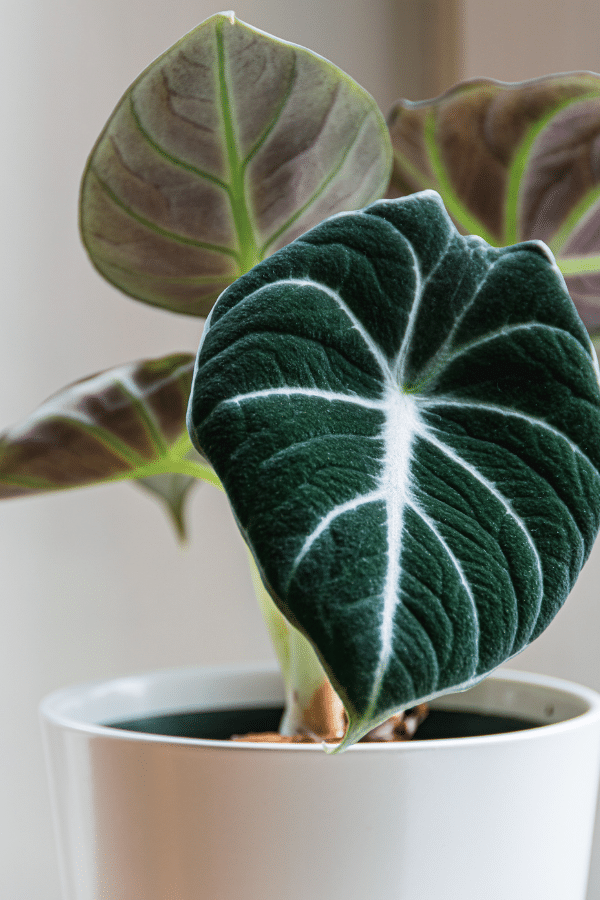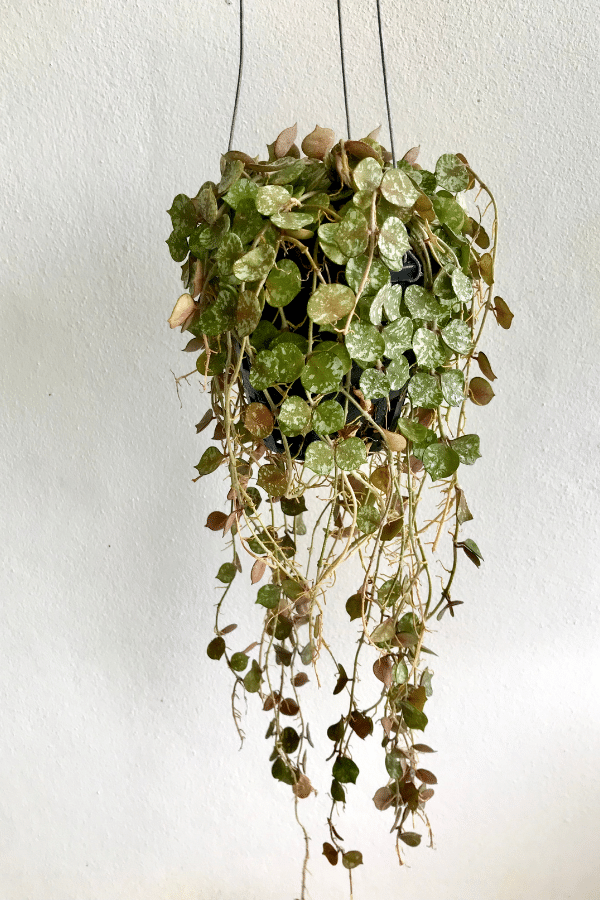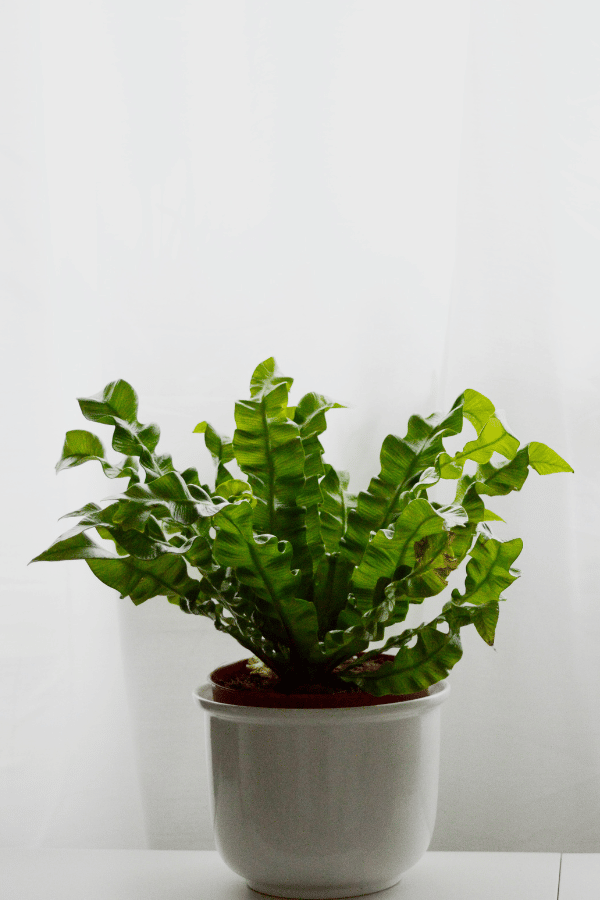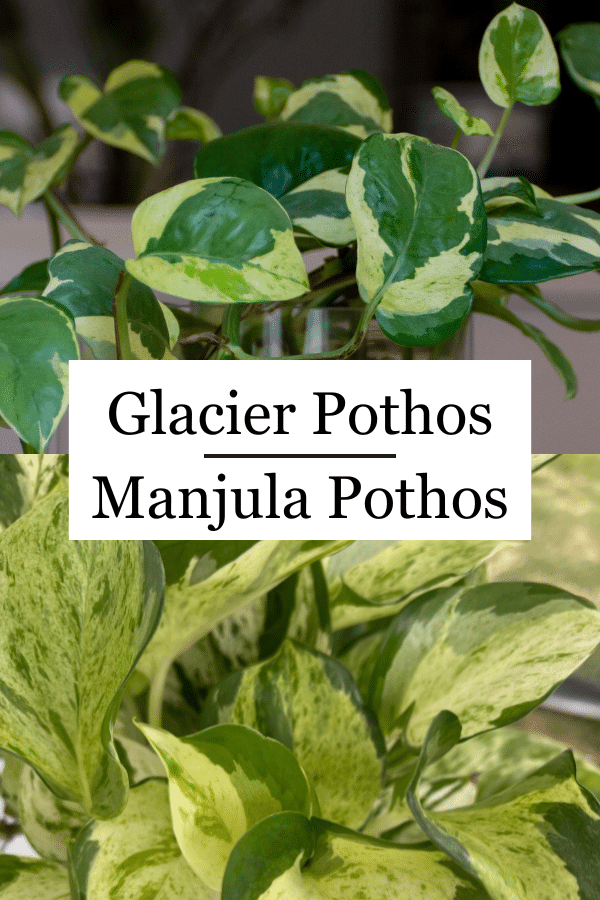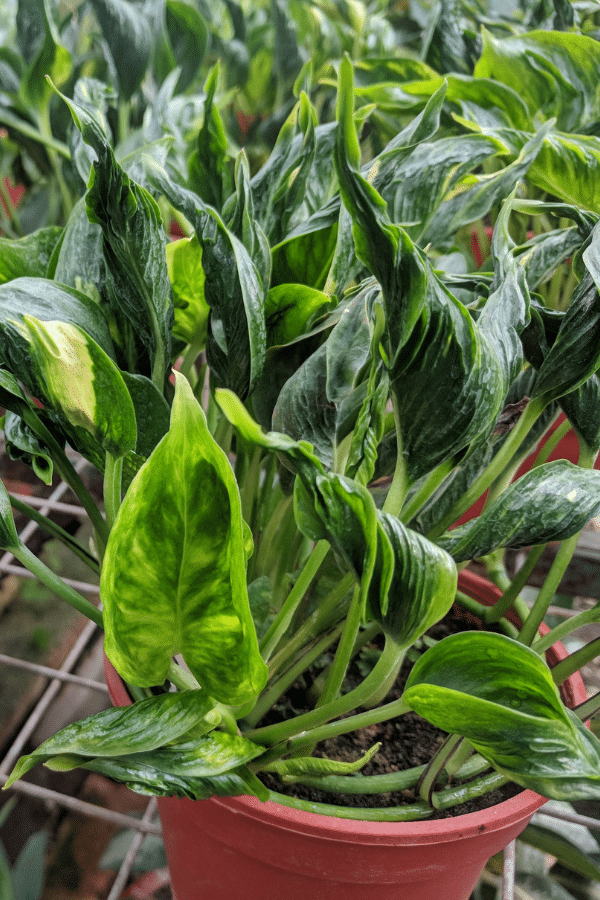Reverted Manjula Pothos: Can Manjula Revert?
Manjula Pothos Overview
Epipremnum Aureum ‘Manjula’, also called HANSOTI14 named after its creator is a pothos variety with striking variegated leaves. Being a member of the Araceae family, this Pothos is known for its heart-shaped leaves with creamy white variegations on a darker green leaf. No two leaves or plants will give off the same leaf. This plant has a trailing habit so a good home for it would be on top of a high shelf or in a hanging basket as the vines can grow as long as 6 feet in length.
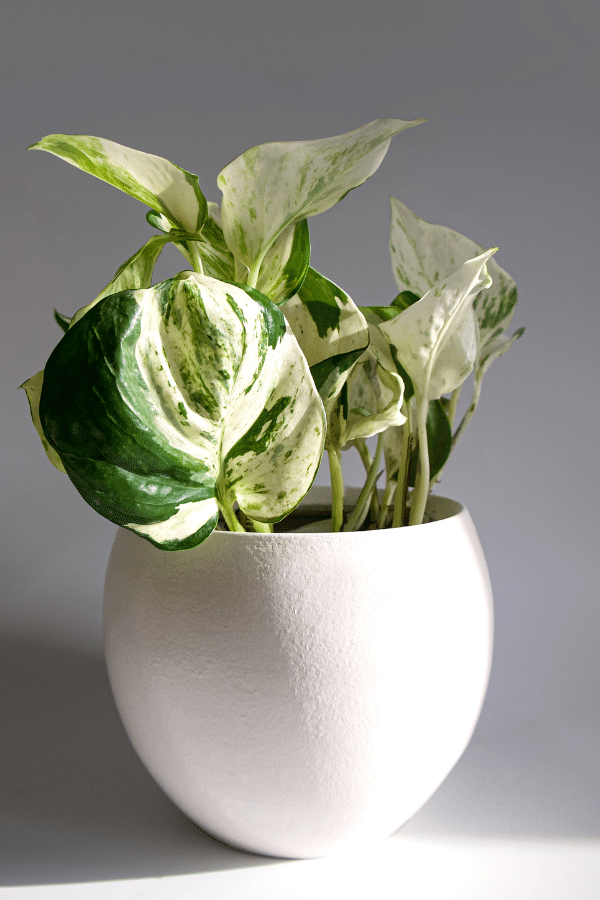
What is Reversion in Plants?
Reversion can be described as when a plant with a variegated leaf pattern, or unique color or shape goes back to a color or shape from which the plant was made. Essentially, for variegated plants, like the Manjula Pothos, it will revert to a dark green color.
You may be wondering why this happens in plants? Reversion can happen for many reasons including not enough light, fungal diseases, and environmental stress. If the plant is getting not so optimal environments, it can start putting off new, reverted growth. The Manjula pothos reverted growth is dominant to the variegations, making a reverted Manjula happen rather fast if not taken care of right away.
Can Manjula Pothos Revert?
Because of the striking green and cream variegations, Manjula Pothos can revert. Once you see reverted leaves unfurling on your Manjula, immediately provide it with more light and remove the reverted leaf.
How to Prevent Manjula Pothos Reverting
Preventing reversion in Manjula Pothos is key to keeping the plant with beautiful variegations.
1. Provide the best lighting for your Manjula. Read more about Manjula light requirements here. Bright light is needed so that way variegated pothos don’t revert.
2. Provide an adequate environment for your Manjula. Give this plant temperatures between 60-80F and a moderate to high level of humidity and avoid sudden temperature fluctuations and drafts.
3. Keep the soil moist, Manjula doesn’t like to be completely dried out so water when the top layer of soil feels dry to the touch.
4. Monitor your plant closely. Like I mentioned above, Manjula’s can revert from fungal infections or even pest infestations. Make sure you are looking at the top of your Manjula’s leaves, the undersides, the stems, and in the soil for any signs of an unhealthy plant.
Manjula Pothos can revert if given less than ideal conditions. It’s important to address reverted leaves immediately to avoid your whole Manjula plant from reverting. Move the plant around, give it better light, and remove those reverted leaves. Prevention reversion in the first place is always going to be your bet so provide your Manjula with a happy, ideal place to live.

